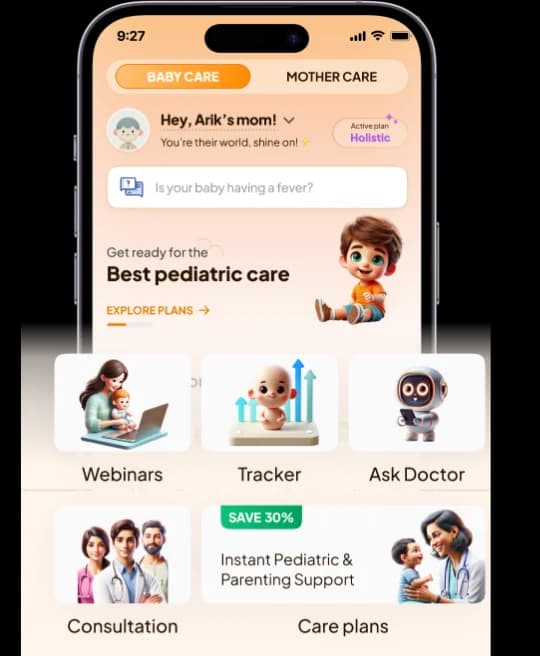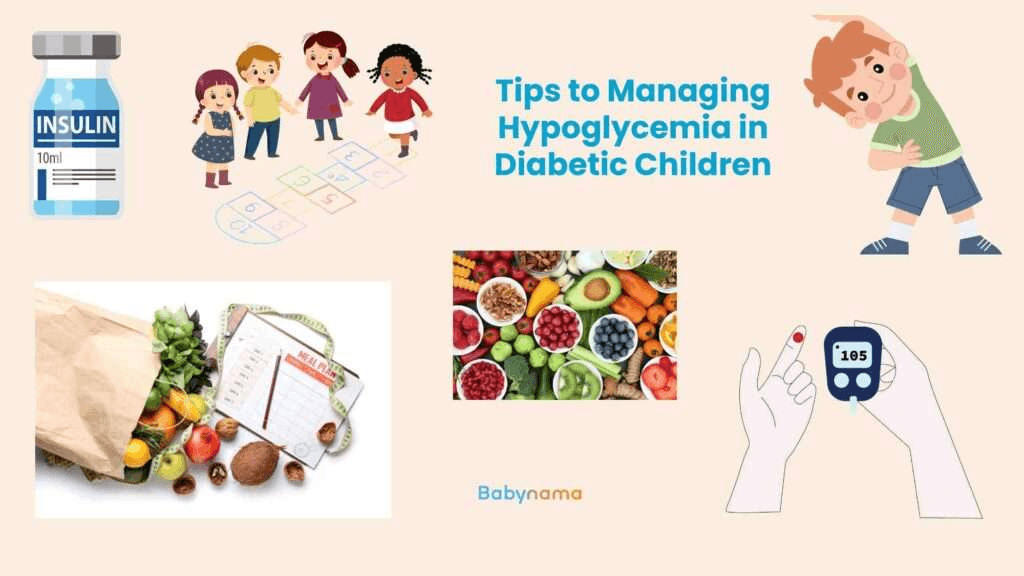
Mouthing is a natural and common behavior in babies, often beginning as early as three to four months of age. As parents, it can be both fascinating and concerning to see your little one explore the world by putting everything within reach into their mouth. However, this behavior is more than just a phase—it plays a critical role in your baby's development.
The Benefits of Mouthing for Babies’ Development
Mouthing is an essential part of sensory exploration. When babies put objects in their mouths, they are learning about the world around them. This act helps them understand different textures, shapes, and even tastes. The mouth has more nerve endings than most parts of the body, making it a primary tool for sensory exploration. Additionally, mouthing helps strengthen the muscles in the mouth that are vital for speech development later on. It also stimulates the gag reflex, which is crucial for learning how to chew and swallow solid foods safely.
Safe Mouthing Practices: Tips for Parents to Ensure Safety
While mouthing is beneficial, it's important to ensure that your baby is doing it safely. Here are some tips to help keep your baby safe:
- Keep small objects out of reach: Anything small enough to fit through a toilet paper roll is a potential choking hazard.
- Choose age-appropriate toys: Ensure toys are large enough, have no small parts, and are made of non-toxic materials.
- Regularly clean and sanitize toys: This helps prevent the spread of germs and bacteria.
- Supervise your baby: Always keep an eye on your baby during playtime, especially when they are exploring with their mouth.
Mouthing vs. Teething: How to Tell the Difference
Mouthing and teething are often confused, but they serve different purposes. While mouthing is about exploration and learning, teething occurs when a baby’s teeth start to emerge, usually around six months of age. During teething, babies may experience discomfort and will often chew on objects to soothe their gums. Signs of teething include swollen gums, drooling, irritability, and a desire to chew on harder objects.
Toys and Tools to Encourage Safe Mouthing
Providing your baby with safe mouthing toys is crucial. Look for toys that are specifically designed for this purpose, such as:






